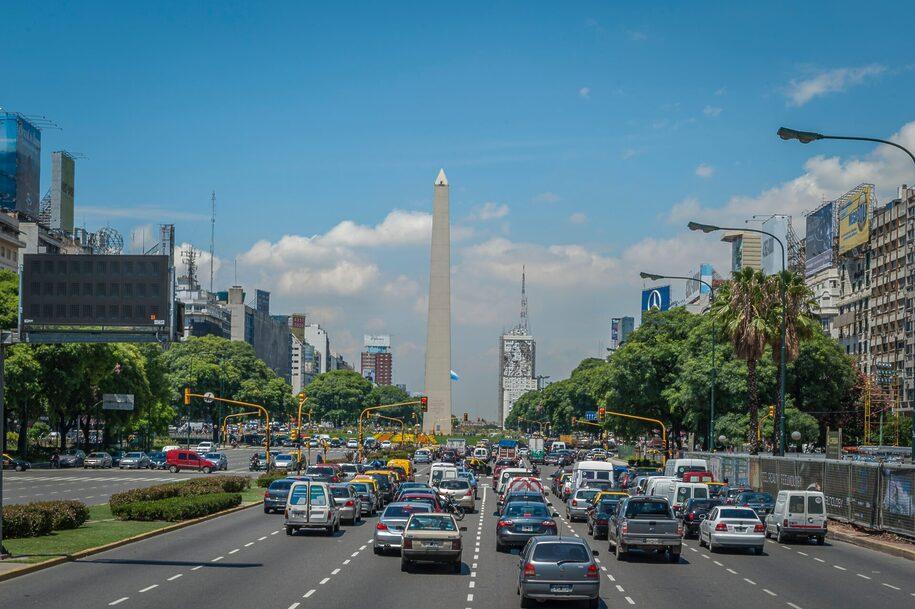Travel tips, money exchange, safety and other key things to know before visiting Argentina
Argentina is one of the main travel destinations in Latin America, and for good reason – the food, the sights, the culture… but before you start planning your trip, there are a few things you should know that will make your experience 100% better, and save you a headache or two.
We’ve written this “Argentina 101” guide after answering the same questions over and over again from visitors who join our food tours – these are the most important things to know before visiting Argentina.
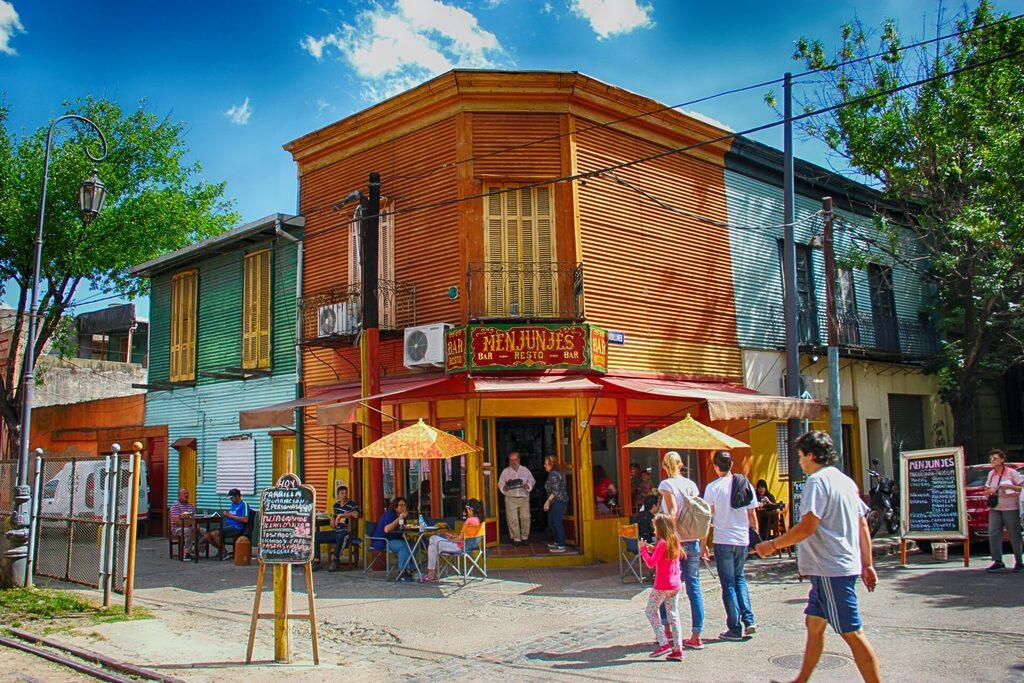
Money exchange breakdown and how to pay for things
A local economy that is akin to a rollercoaster makes for a complicated system to exchange money and a preference for cash. Here are some tips, tricks and basic info to help you figure out the money stuff before you land.
Money exchange: How does it even work?
Exchanging money in Argentina is a whole thing – the economy is volatile at best, and the exchange rate is constantly changing. Argentina also has several exchange rates besides the “official” government one. Don’t blindly trust Google at first sight, do your research before exchanging money.
Confusing, I know. If you need to exchange money, this is what you need to know:
Official exchange rate
- The official exchange rate is usually ½ of the real marketplace value.
- This is the “official” number that will be listed on Government pages.
- You only need to know that, if you accept the offical rate, you are losing a lot of money.
- If you withdraw money from an ATM machine, it will give you pesos at the official exchange rate, so consider bringing cash instead.
Unofficial dollar AKA blue dollar
- You can exchange money through local exchange houses that use the “unofficial” market rate, commonly known as blue dollar.
- This is usually well above the official rate (twice as much or more).
- The hard part is finding a good exchange house or “cueva de cambio” – if you know any locals, ask them; they will point you in the right direction.
Cash is king in Argentina
- Pretty much any store or restaurant that isn’t part of a franchise will offer a discount if you pay with cash (usually between 10-20%).
- This is also true for street vendors.
- They may not give you a receipt if you pay with cash, so if you need one request it clearly.
Using your credit card is a decent option
If you have limited cash, paying for things with your credit card is a good option – as long as you are using a foreign credit card, you will get a favorable exchange rate (a little below “blue” exchange rate but very decent).
Affordable luxury and pricey imported goods
While Argentines have reason to complain about the never-ending inflation, the truth is that for most international visitors, Argentina is very affordable.
High-quality luxury goods are a steal
You can get a pair of handcrafted leather shoes from local artisans for 100-300 USD (and if you have the time, you can also get them custom-made). While this is an investment, it’s way less than what it would cost anywhere else in the world. The same is true for designer clothing, leather jackets and pretty much any luxury product.
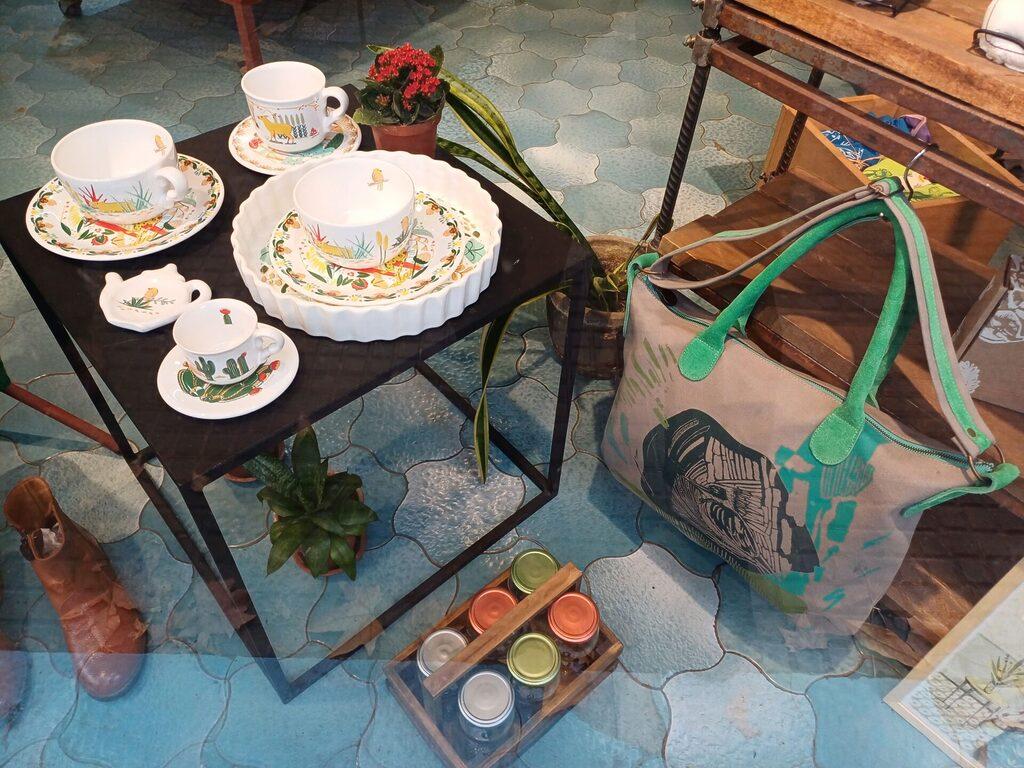
Incredible food at decent prices
While eating out is inexpensive, and you can get a great meal at any price range, even high-end restaurants are affordable for international travelers. Steak and wine are not only amazing in quality, but compared with US or European prices, they are a steal.
Food experiences like our food tour are also a very popular way for visitors to discover the best of local cuisine without having to do the usual review-skimming for every single restaurant.
Imported stuff is VERY pricey
On the downside, anything imported comes with a hefty price tag. Things like outdoor gear are very expensive, so if you are planning on skiing or doing some hiking, bring your own stuff from home or be prepared for an unhappy surprise at the mall.
Domestic travel: It’s complicated
Domestic travel in Argentina can be tricky for tourists given the lack of direct routes and low flight frequency for some destinations. We’ve addressed the key issues here to help you figure out your schedule without added hassle.
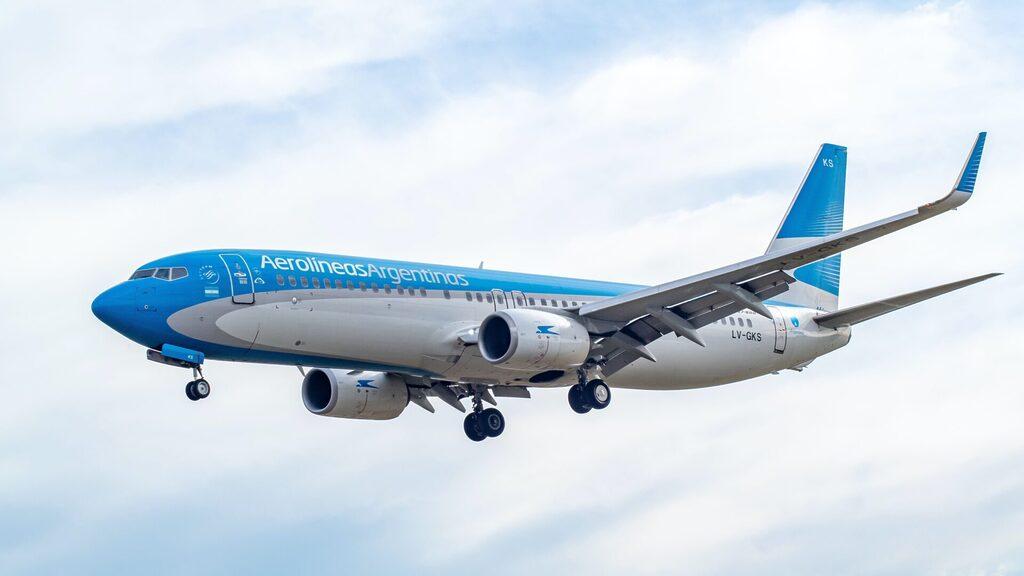
Be ready to spend some time in Buenos Aires
Most international flights to Argentina land in Buenos Aires, and domestic travel in between regions is seldom direct – if you want to visit the Iguazú Falls and then head over to Patagonia, your flight will probably involve a layover in Buenos Aires.
If you are bound to be in the city for a day or two, consider joining a tour or taking a stroll around Palermo or Downtown so you can make the most of your time here.
The upside of a tour is that you get an introduction to the local culture and customs, and get to meet other travelers who are very likely to be visiting the same places as you.
Research your flight routes
Some domestic flight routes operate only a few times a week – make sure to book your flight tickets ahead, or do some research beforehand. Figure out how many days you want to stay at each destination and try to match that against the available flights.
Local airlines
Aerolineas Argentinas is state-owned, and they make an effort to provide more direct domestic routes, so you may be able to skip the Buenos Aires layover. FlyBondi is the most well-known low-cost operator in the region and their flights are more budget-friendly, but don’t expect comfort (picture RyanAir).
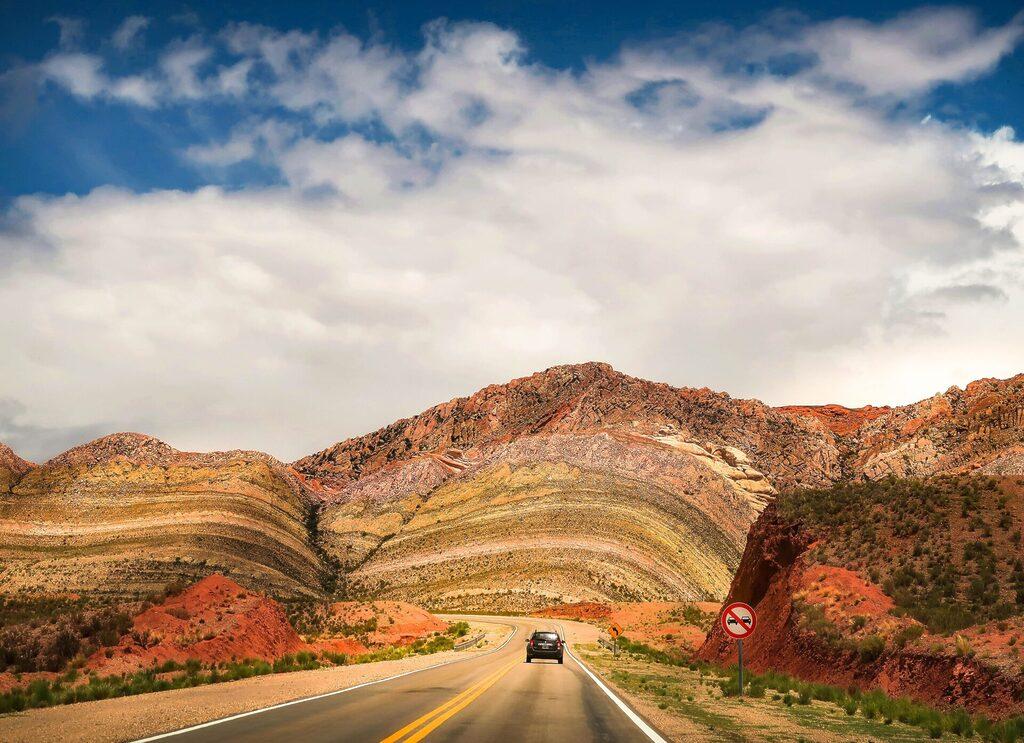
Avoid long-distance buses if possible
The country is huge, so getting from one end to the other requires flying or taking a long-distance bus.
While the buses are OK and provide more routes, no one wants to spend 14 hours stuck on one.
You might need to take a bus anyway
Unless you are renting a car or booking a trip with a local operator, the most reliable way to get from one province/city to the other, if they are contiguous, is by bus.
These are shorter trips though, so it’s not the end of the world.
We speak Spanish, but it’s kinda weird
If you want to brush up your Spanish, Argentina may not be the easiest place to do it.
This is because our Spanish is very different in terms of pronunciation and slang, and that’s without getting into voseo (which basically means we use a different word for “you” than everyone else).
Our Spanish sounds a little bit like Italian. We are also very fond of hand gesturing as well.
Don’t worry though, even if you don’t understand us (or if we don’t understand you), we always find a way to communicate. Argentinians are usually very friendly towards visitors, and many speak (some) English.
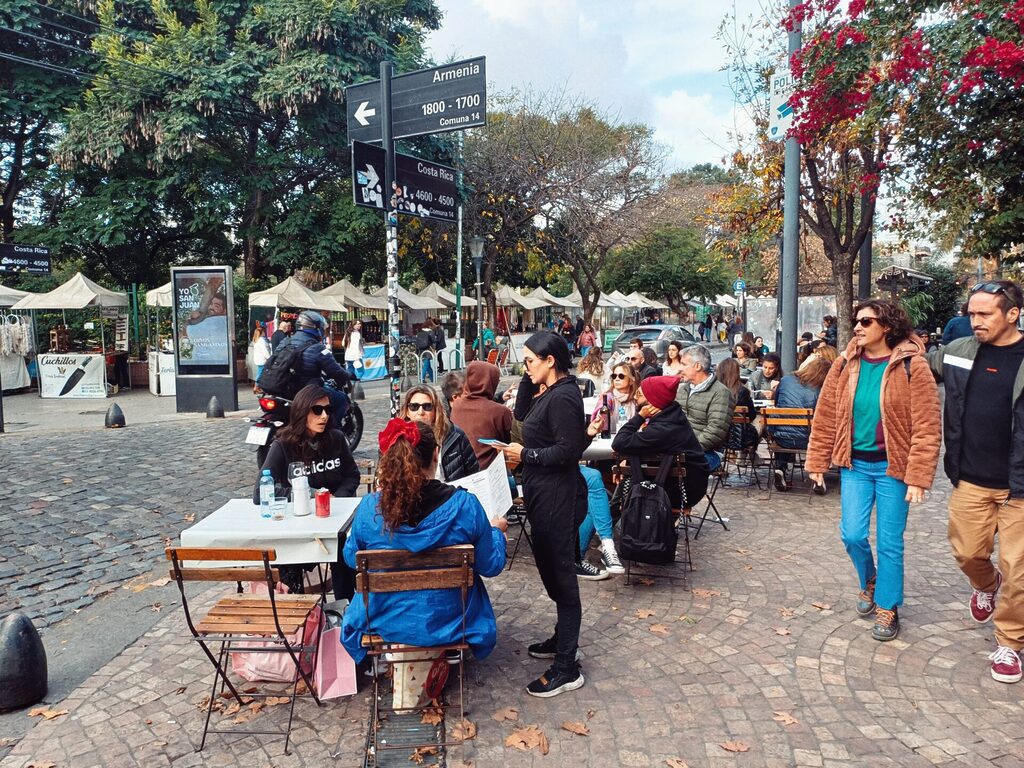
Yep, Argentina is safe to visit
Argentina is one of the safest countries in Latin America. Most tourists never run into a problem during their stay, although some may run into pick-pockets or scammers, especially in large urban areas like Buenos Aires or Rosario. You can avoid this by following some basic safety tips, like sticking to the nicer neighborhoods and being extra careful with your belongings.
For Argentina or anywhere else, these are good tips to follow:
- Don’t leave your phone or camera out in the open
If you are carrying a backpack or purse:
- carry it on your front
- leave no valuables on external pockets
- Don’t wear your phone on a chain around your neck
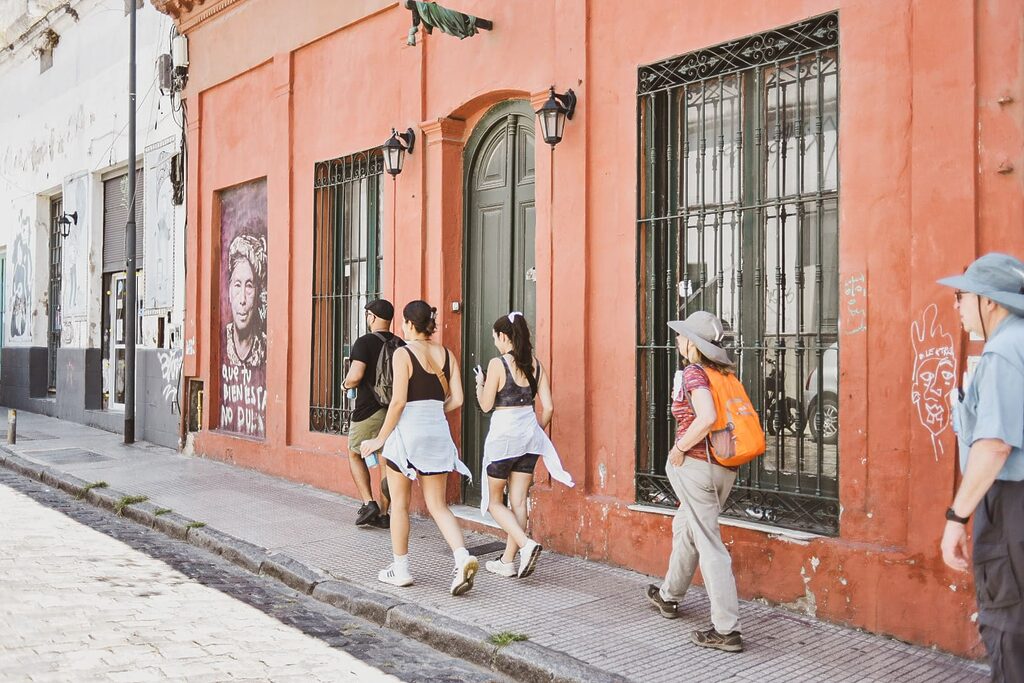
There’s more to our cuisine than steak and malbec
Don’t get me wrong: go for that steak and drink as much malbec as you can during your stay – I would too. But there’s a lot more to Argentine food culture than those two (excellent) things, and you should definitely give some other options a try.
If you are traveling around the country, be sure to try the regional cuisine.
The Northwest
- The Northwest is well known for its hearty dishes with Andean heritage.
- Rainbow-colored potatoes and corn, goat cheese, llama meat…
- Go ahead and try the tamales, the humita en chala (dry corn leaves wrapped around a corn filling) and the locro (meat stew with corn and other vegetables).

The Northeast
- The Northeast also features indigenous cuisine with European twist.
- You can’t visit Iguazú and not try chipá (cheesy cassava flour bread) or drink a refreshing tereré (cold mate).
- There will be lots of dishes featuring cassava flour, as prominent ingredient in the native Guaraní culture.
The South
- If you are heading South to Patagonia, you will get the chance to try rare meats like wild boar or guanaco (wild lama).
- Seafood is very popular along the coast as well.
- Patagonia is also home to native berries like calafate (Patagonian barberry) and many other species that grow well in the region, so try jams and desserts featuring these ingredients.
Buenos Aires culinary scene has never been better
Buenos Aires is known for its Italian and Spanish heritage, but the city’s culinary scene is incredibly diverse, and it has seen tremendous growth over the last decade.
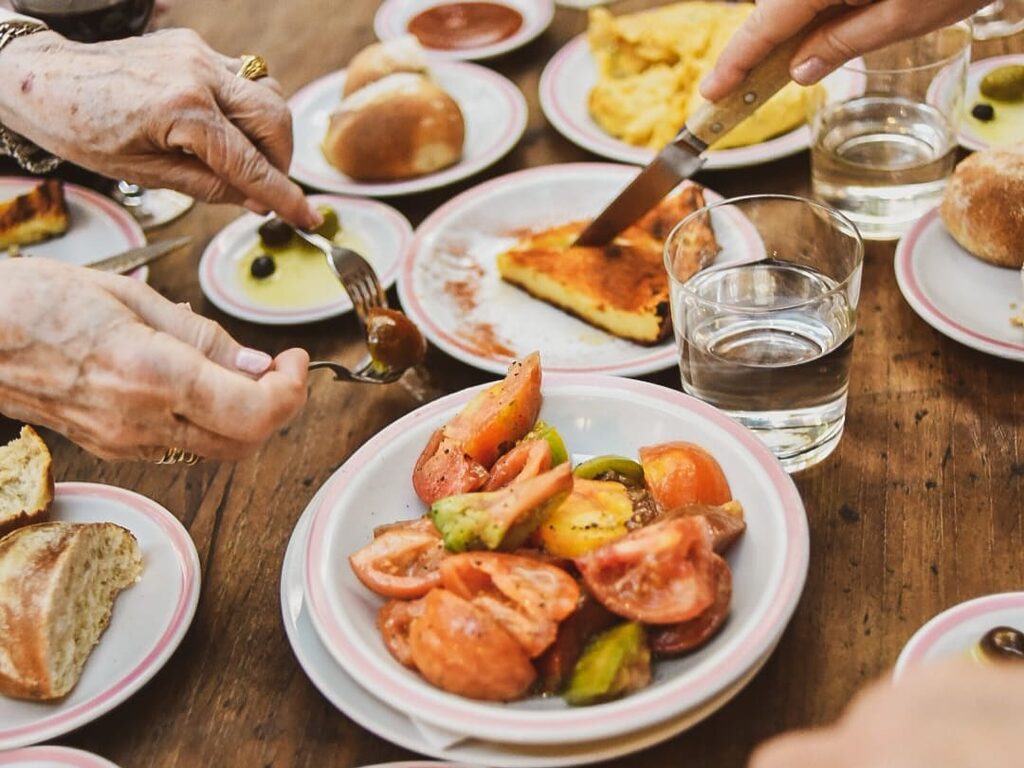
There’s never been a better time to eat out than now, economic crisis notwithstanding.
Given the many, many options in the city, we recommend you take a look at our restaurant guide before venturing out for dinner. And if you are looking for an authentic culinary experience that doubles as a city tour, try one of our Food Tours!
That’s it, folks!
Those were the 5 things every newcomer should know before visiting Argentina. Now that you’ve read our 101 guide, you are good to go!
Come say hi if you are in the area! You can find us on Instagram and Tik Tok.

